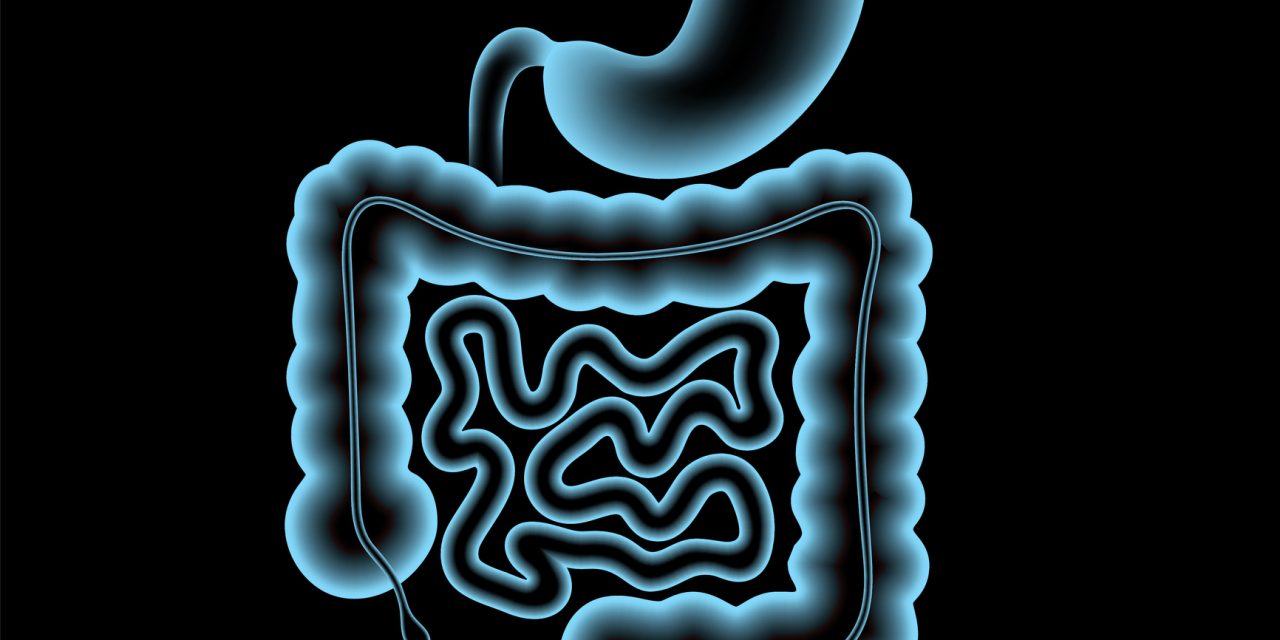The purpose of this study was to identify laboratory parameters representing erythrocyte engraftment to be used as an indicator to change the recipient to donor ABO group and Rh type following an ABO-incompatible hematopoietic stem cell transplant (HSCT). Studies have shown that ABO incompatibility does not have an effect on outcome of HSCT; however, the serologic consequences of these ABO-incompatible transplants can make it difficult to decide when to begin support with donor ABO/Rh-type blood products.
This study explored the use of RBC distribution width (RDW), mean corpuscular volume, and hemoglobin as regularly tested laboratory parameters that could be used as surrogate markers for RBC engraftment in 65 patients who received ABO/Rh-incompatible HSCT.
The appearance of engrafted donor RBCs correlated with a peak in RDW (P = .002). In addition, our findings suggest that serologic changes in ABO/Rh appear to correspond with a peak in RDW (P = .002).
High values of RDW likely result from a substantial proportion of large, young erythrocytes from recent engraftment with smaller, older pretransplant erythrocytes from the recipient. Our findings suggest that peak RDW may be an indicator of erythrocyte engraftment, following an ABO/Rh-incompatible HSCT.
© American Society for Clinical Pathology, 2020. All rights reserved. For permissions, please e-mail: journals.permissions@oup.com.
Changes in Mean Corpuscular Volume and RBC Distribution Width Predict Erythrocyte Engraftment Following ABO-Incompatible Hematopoietic Stem Cell Transplantation.


